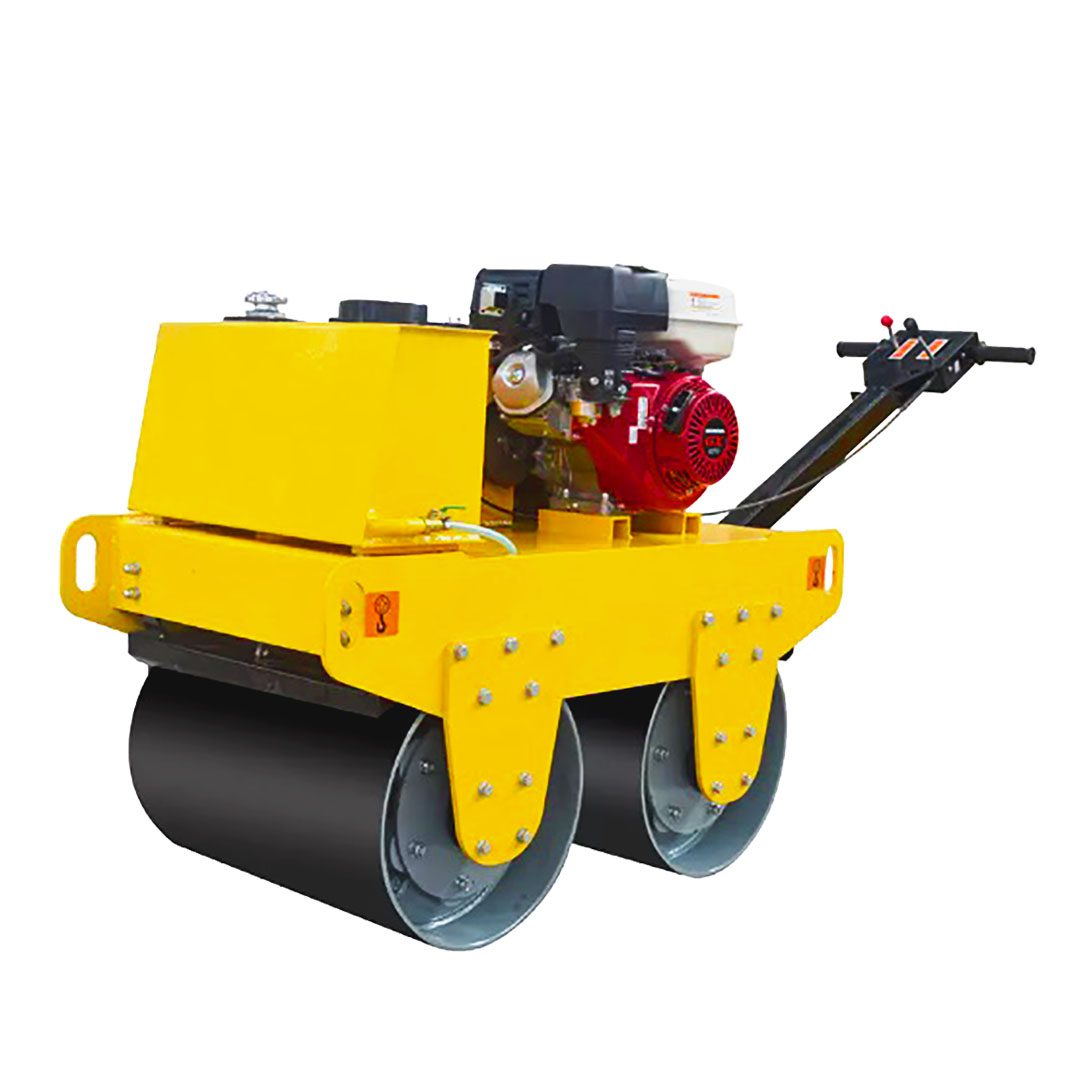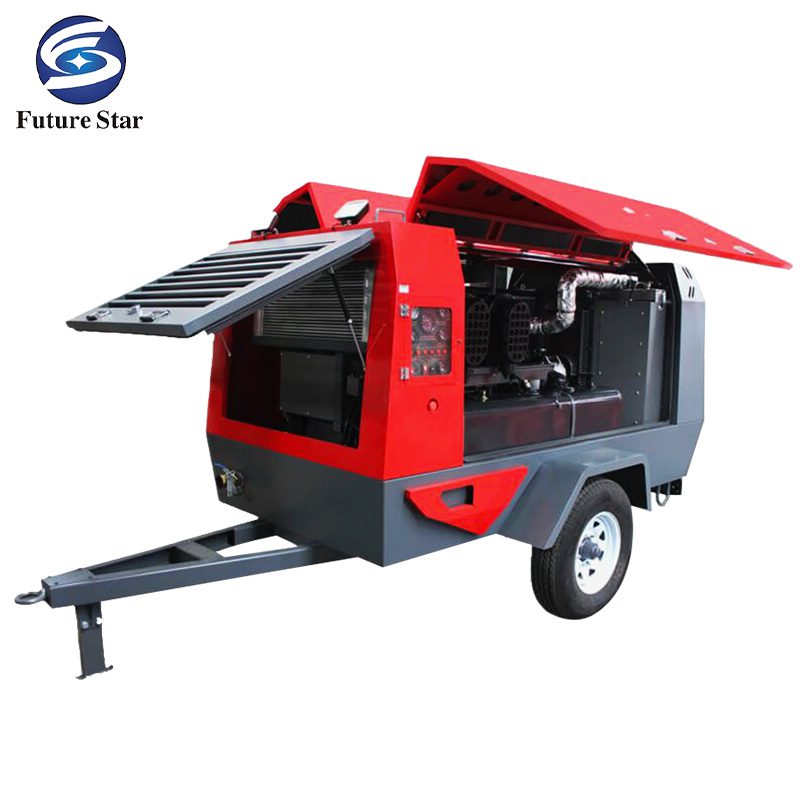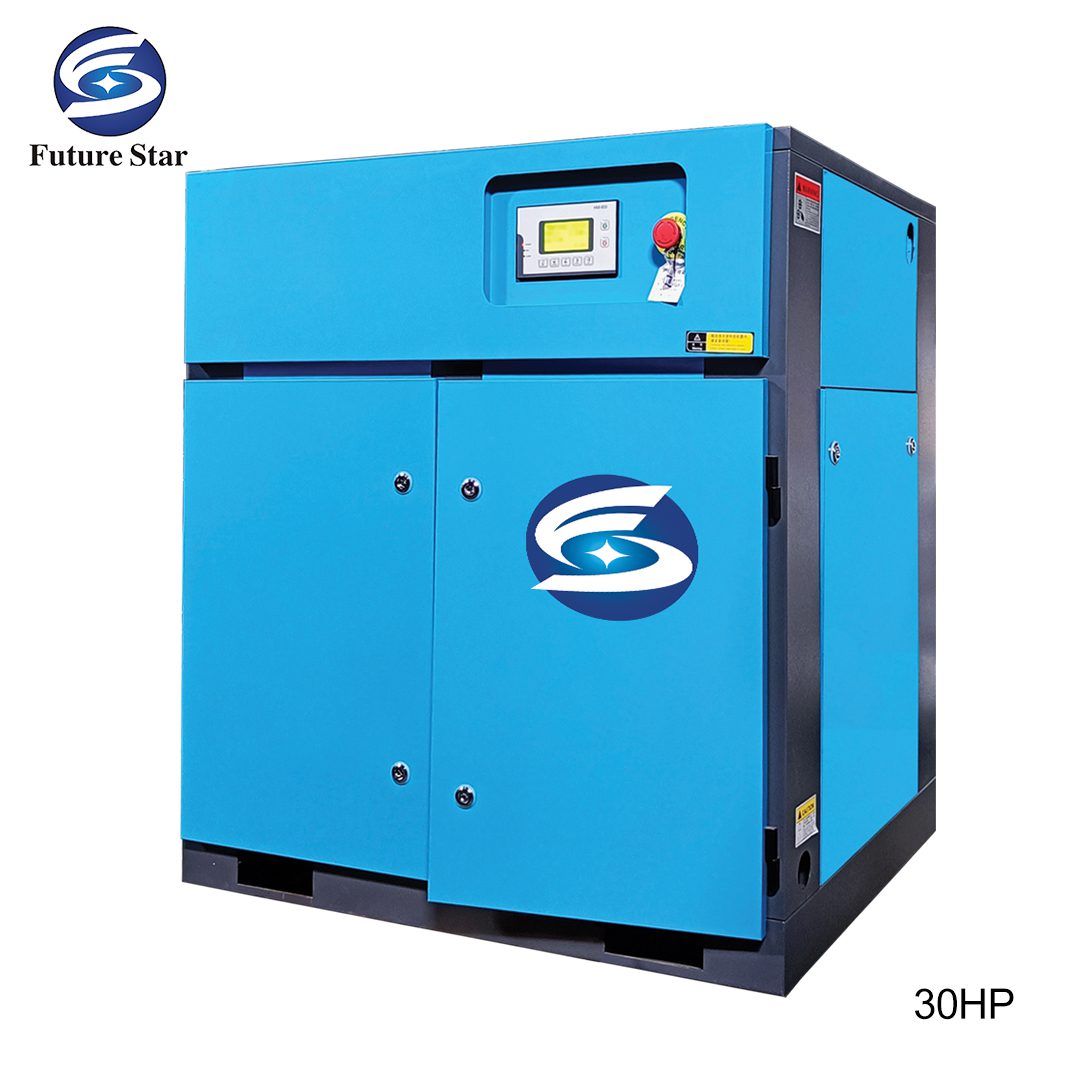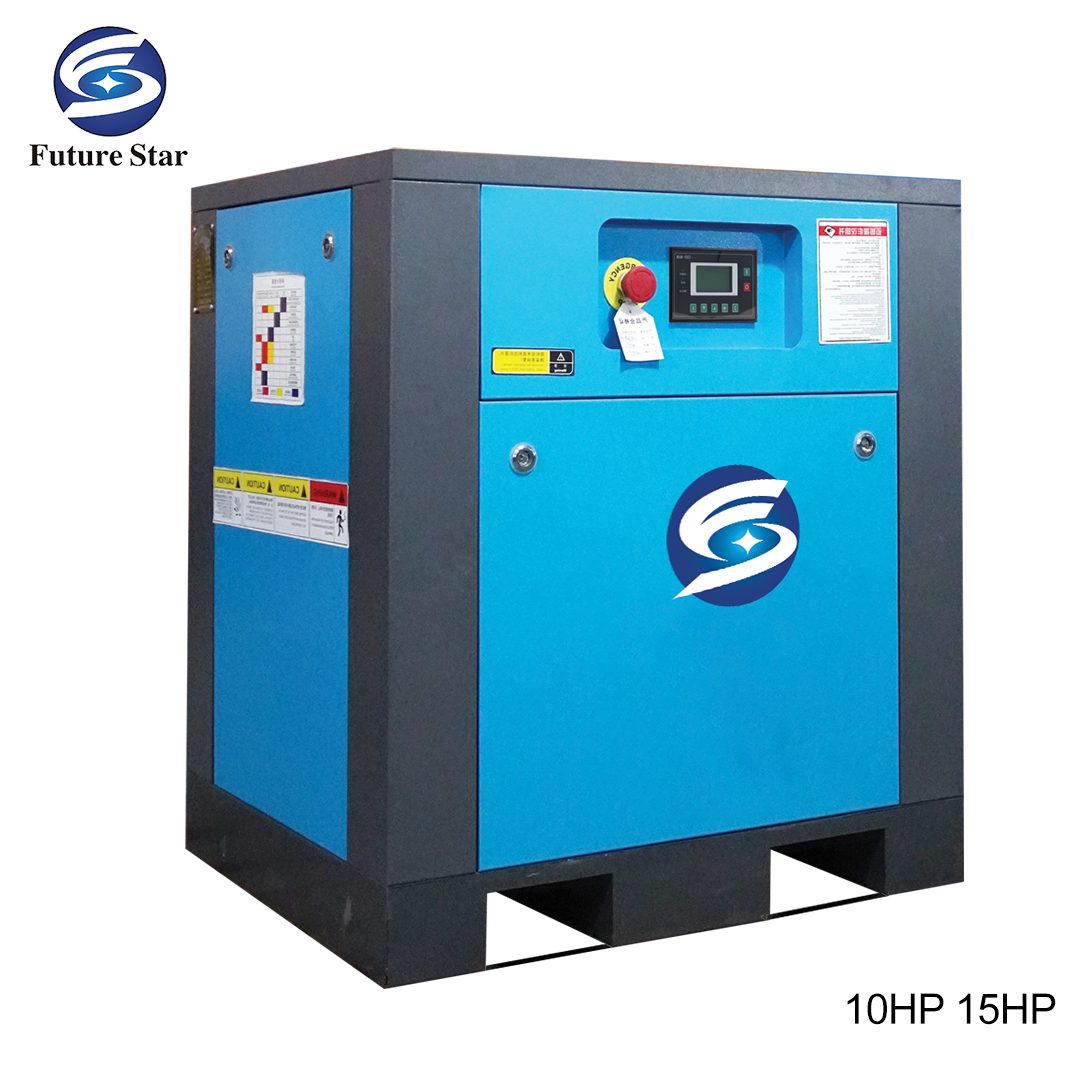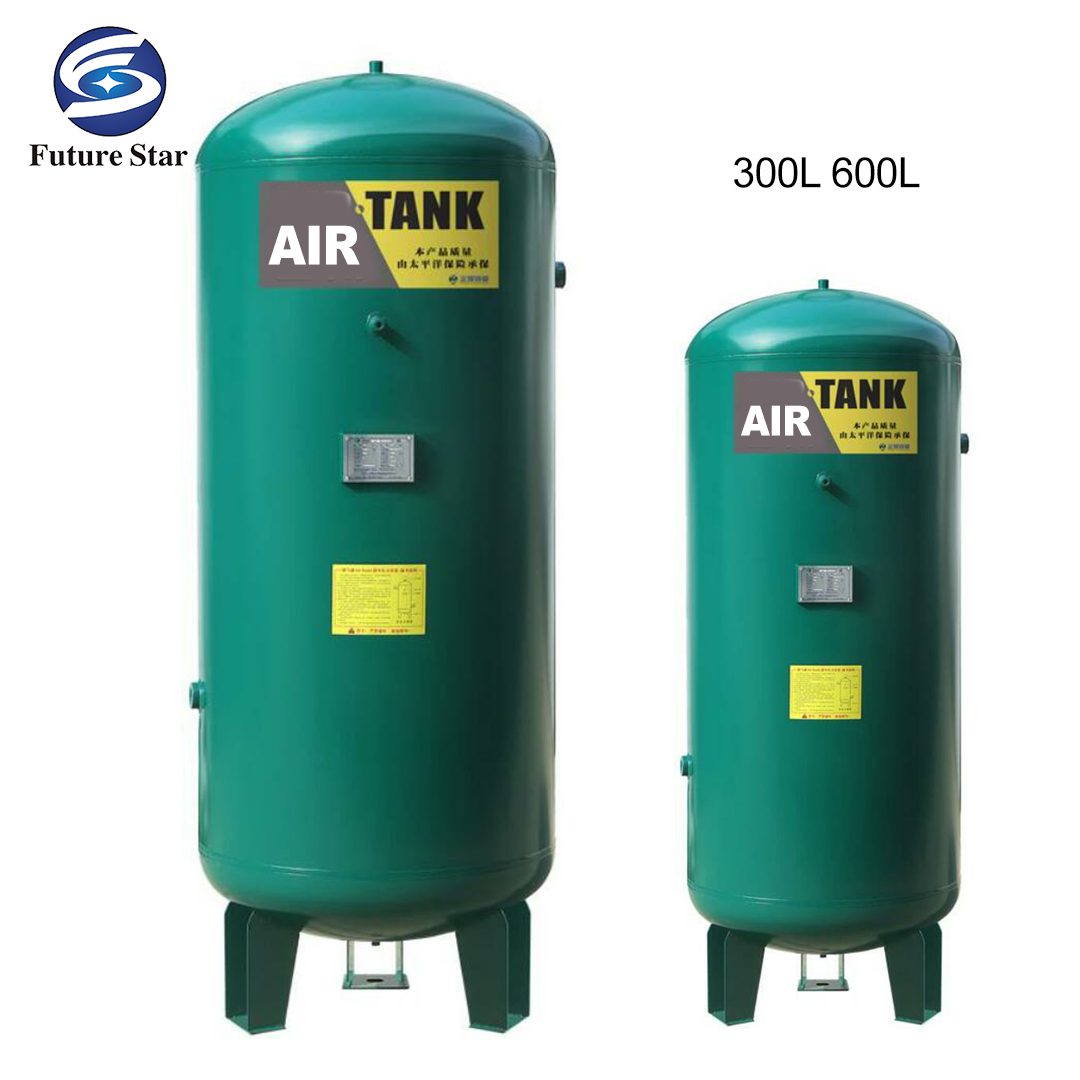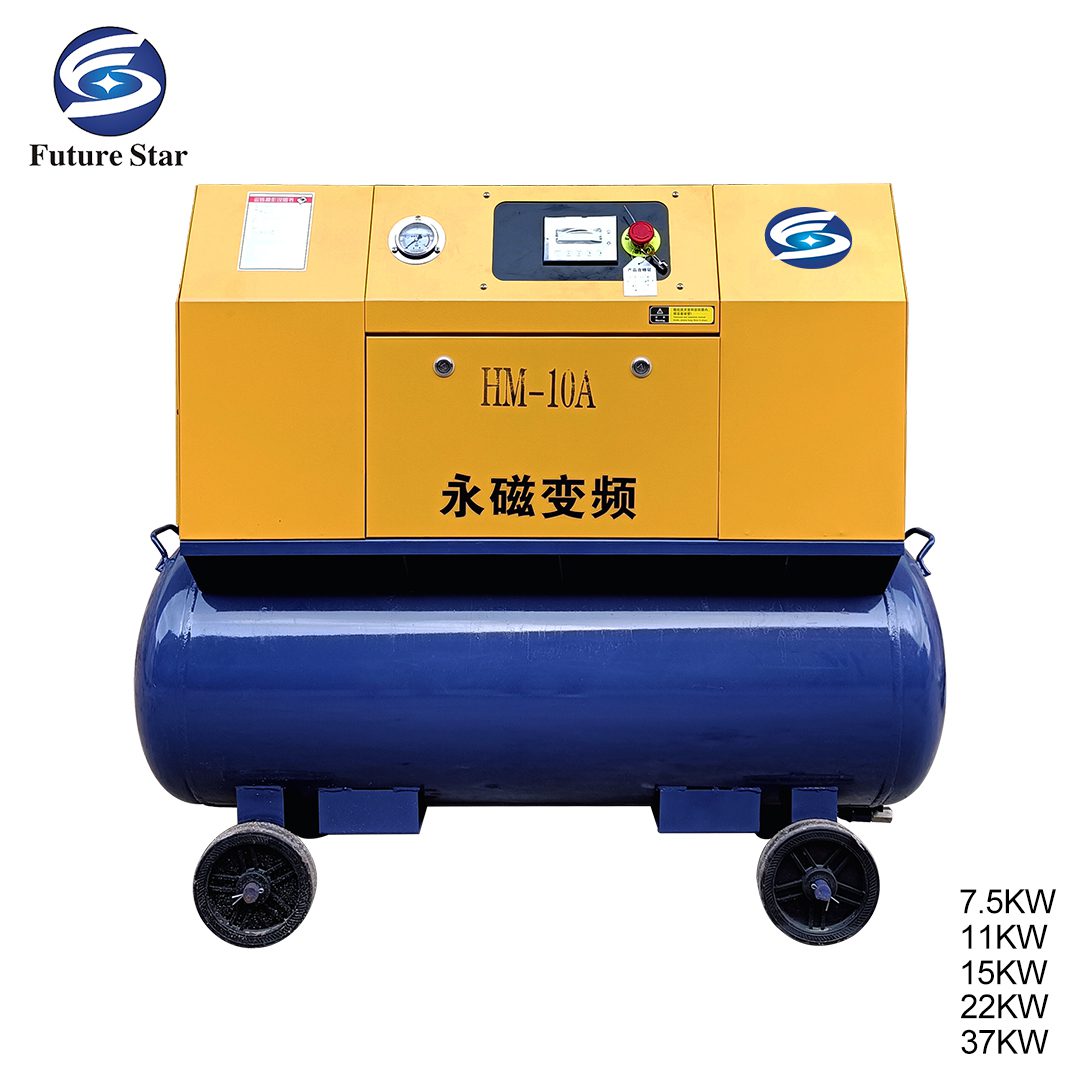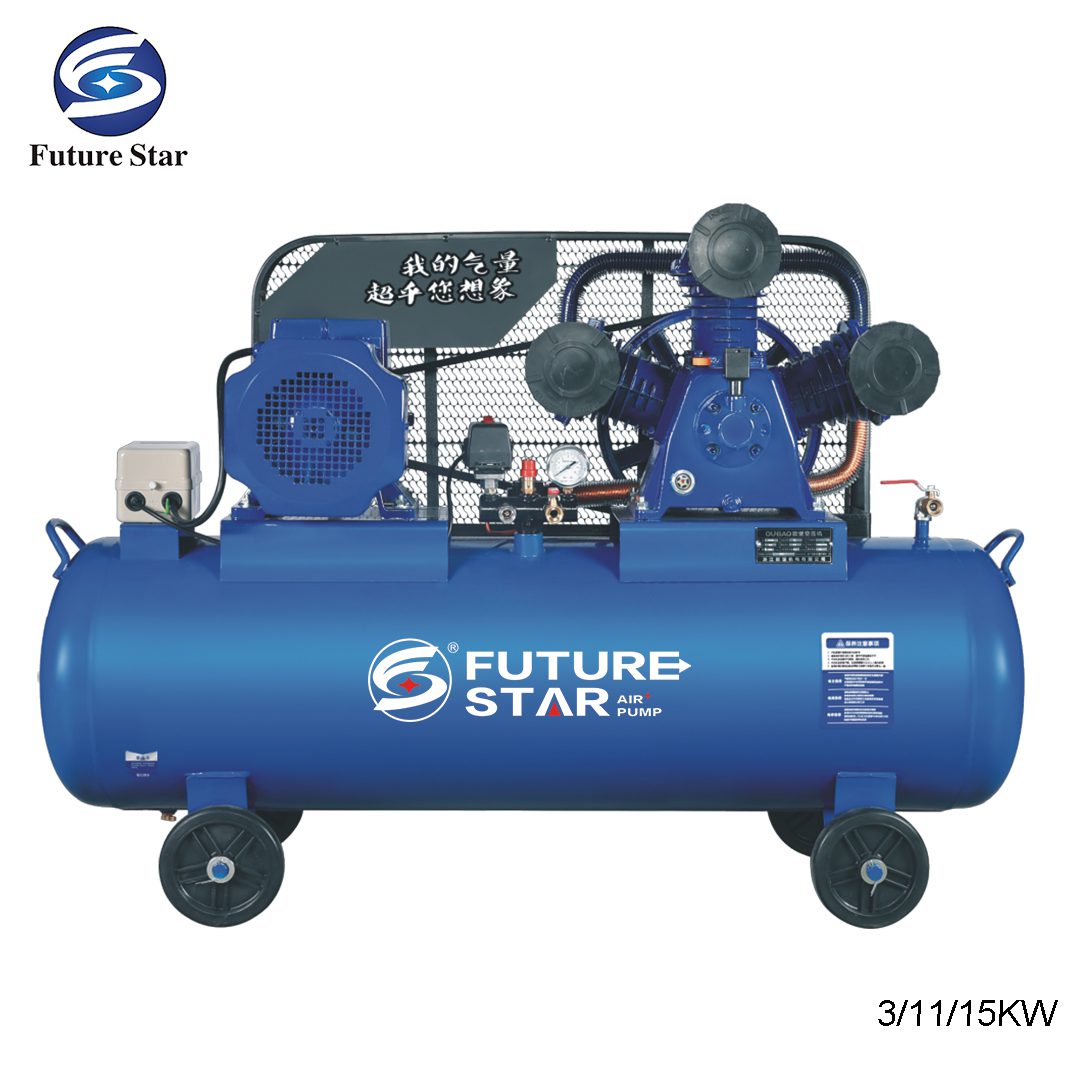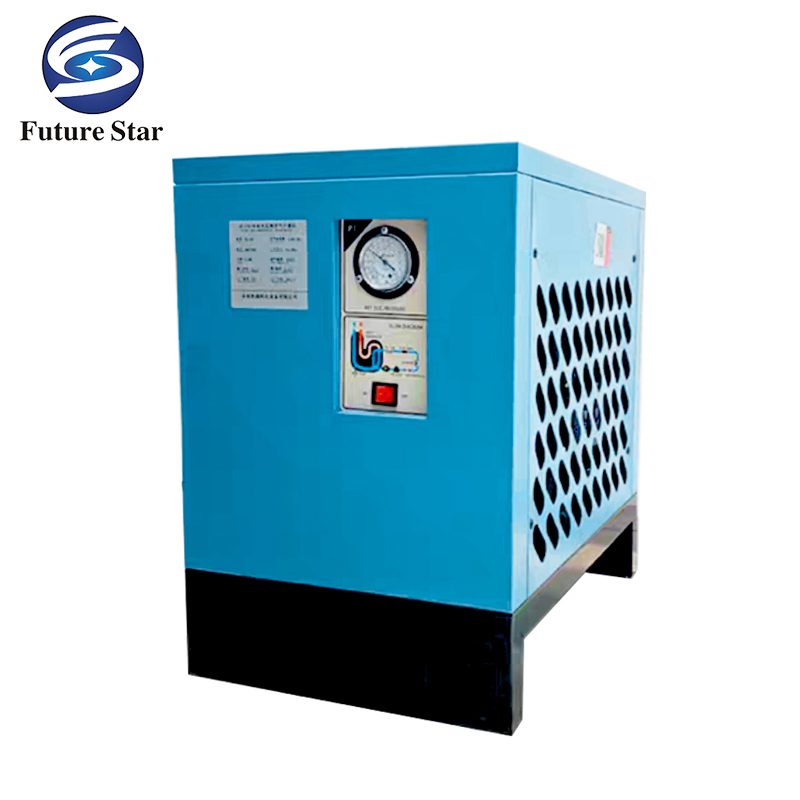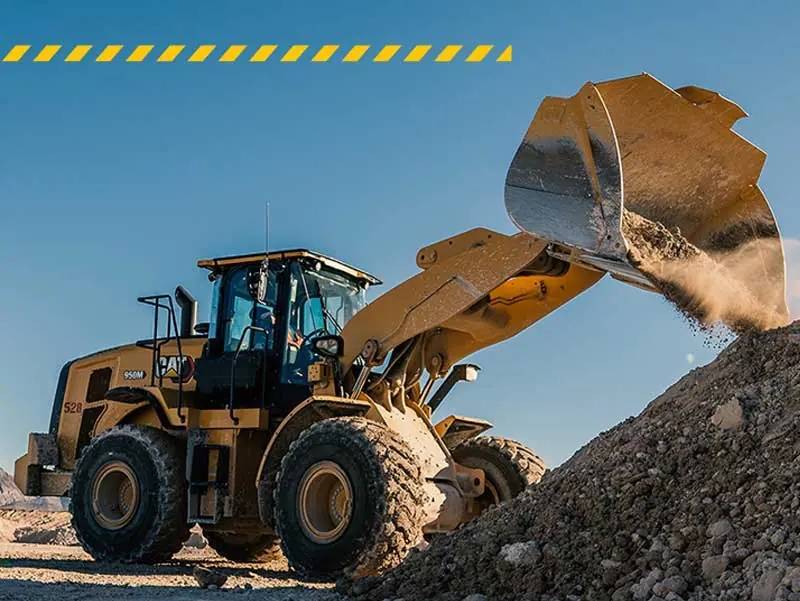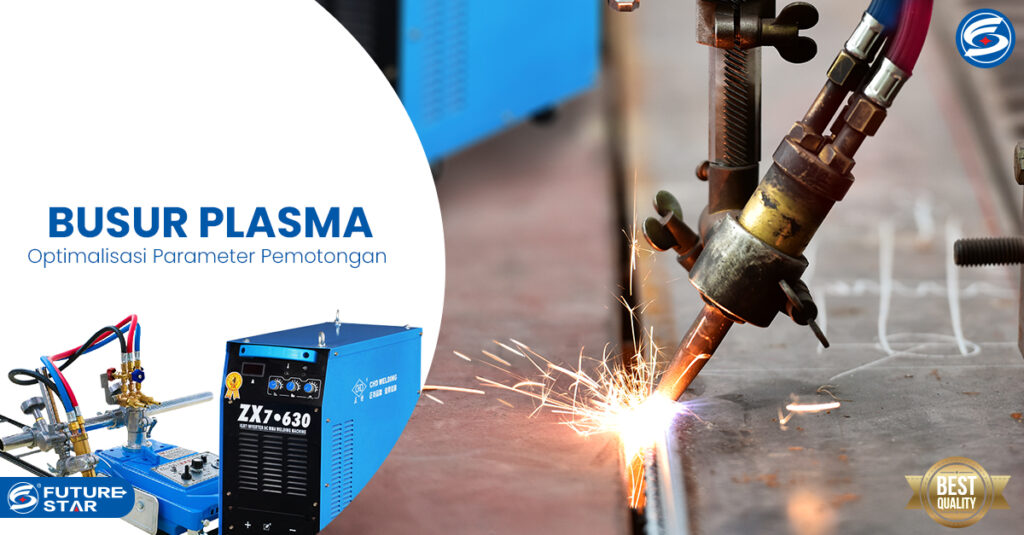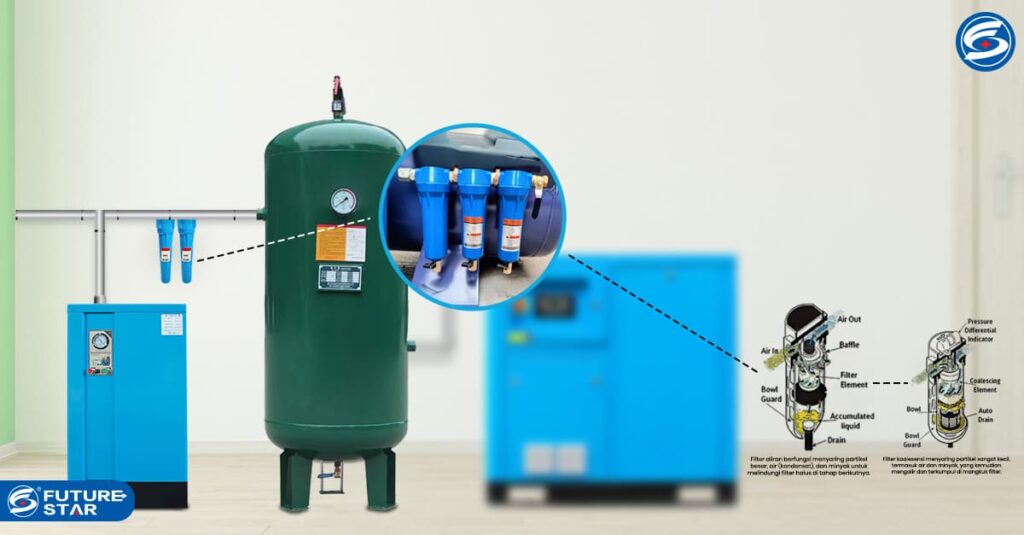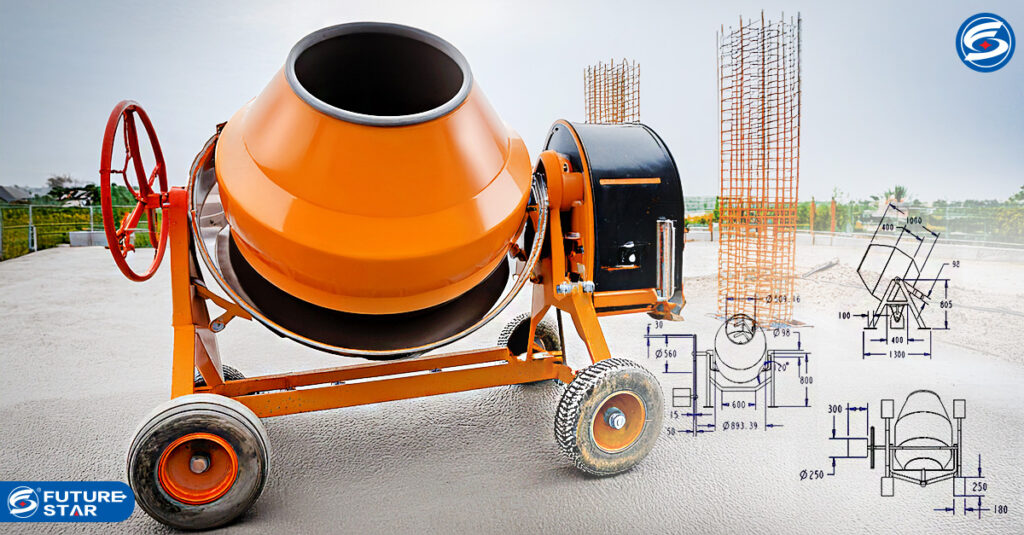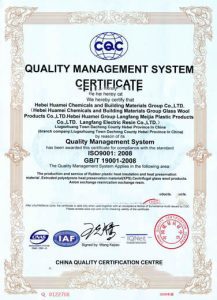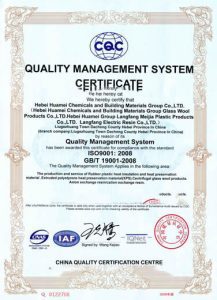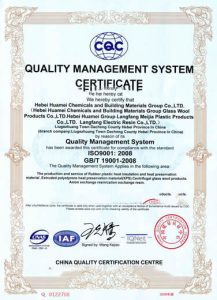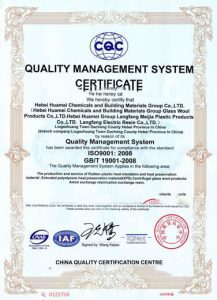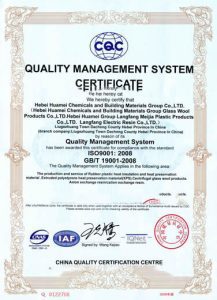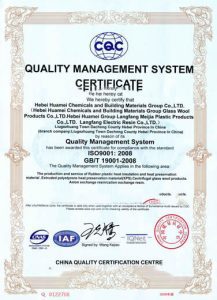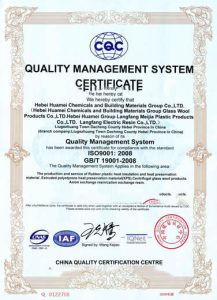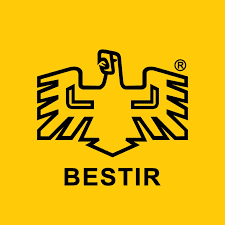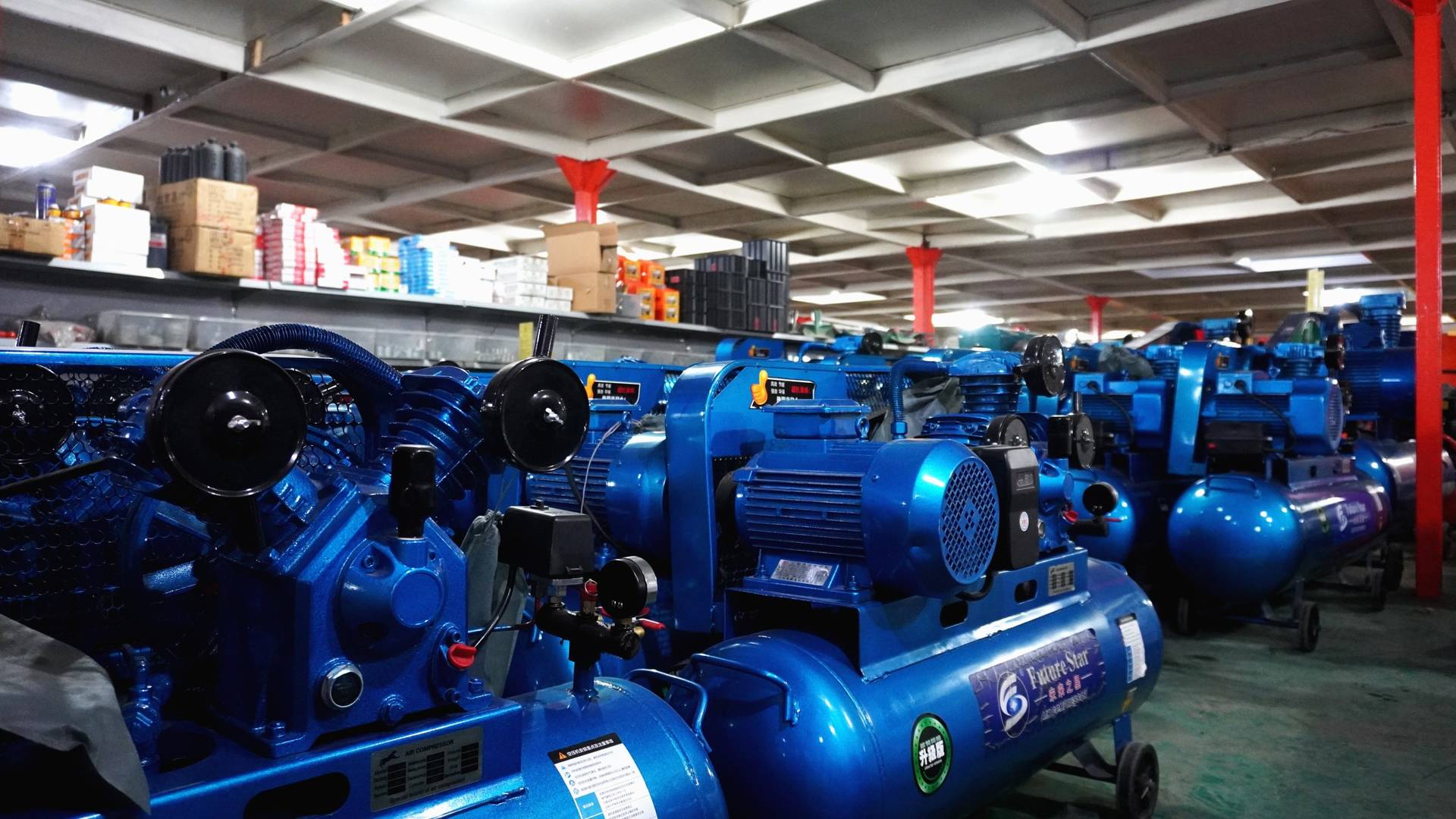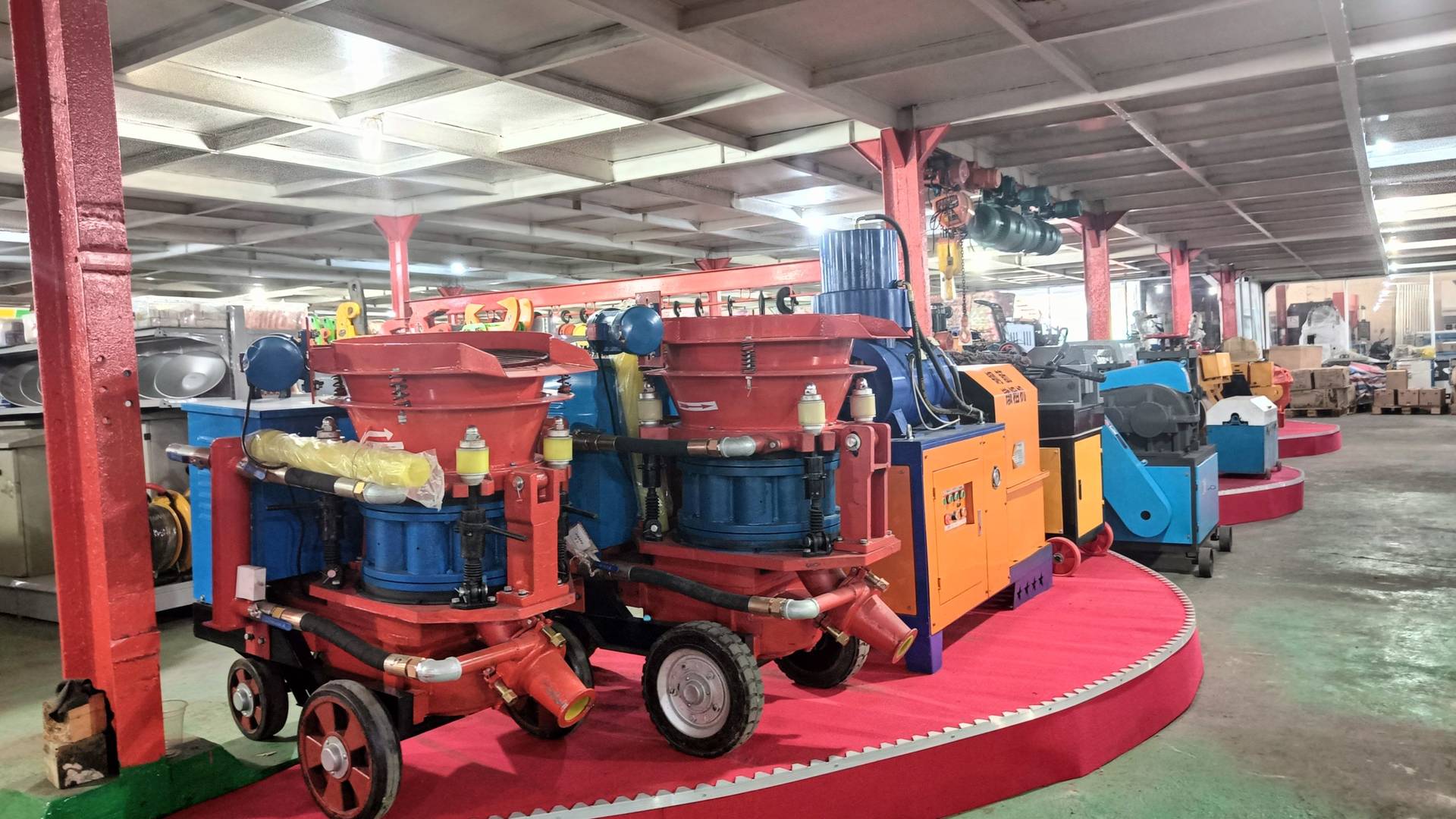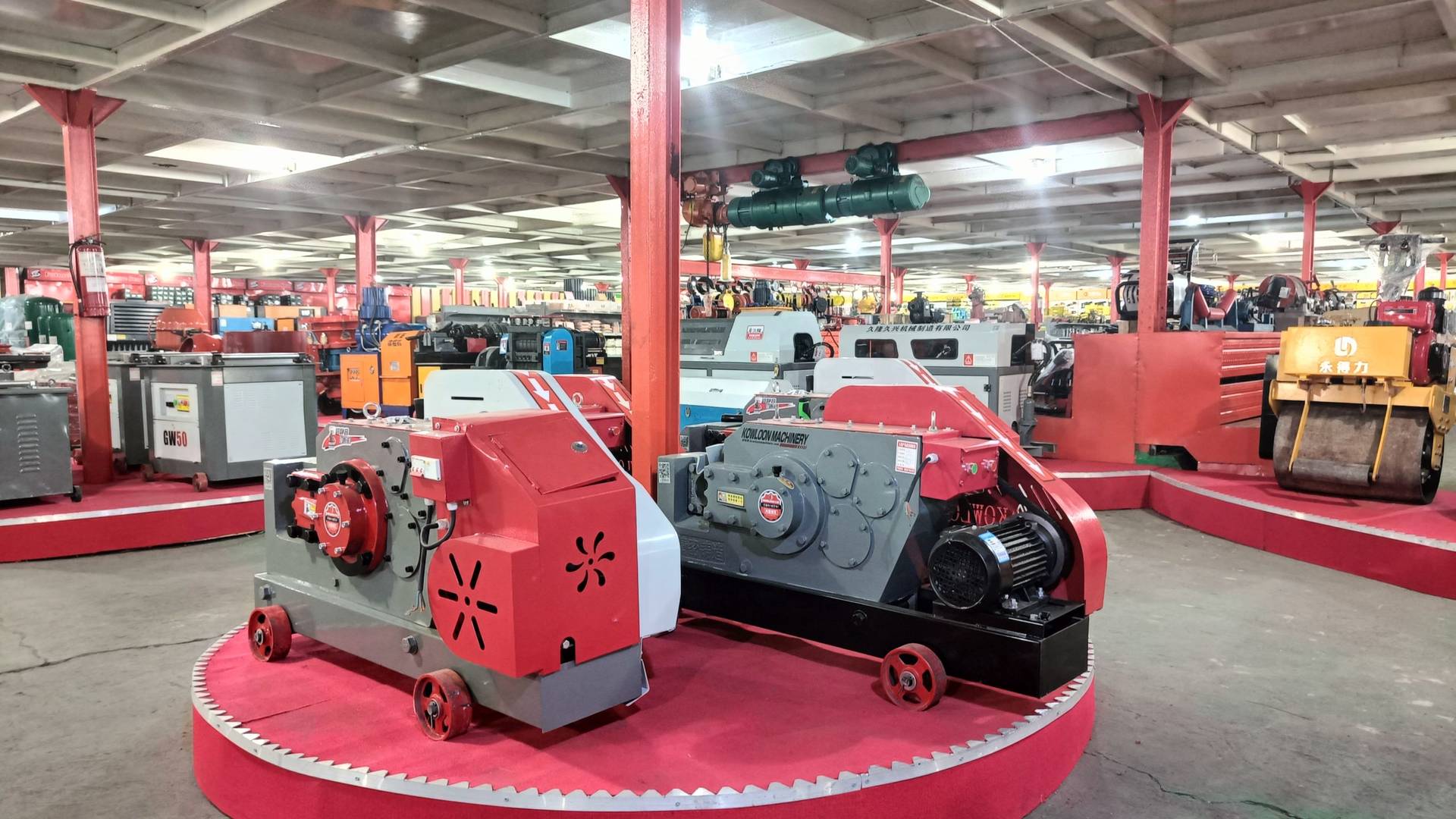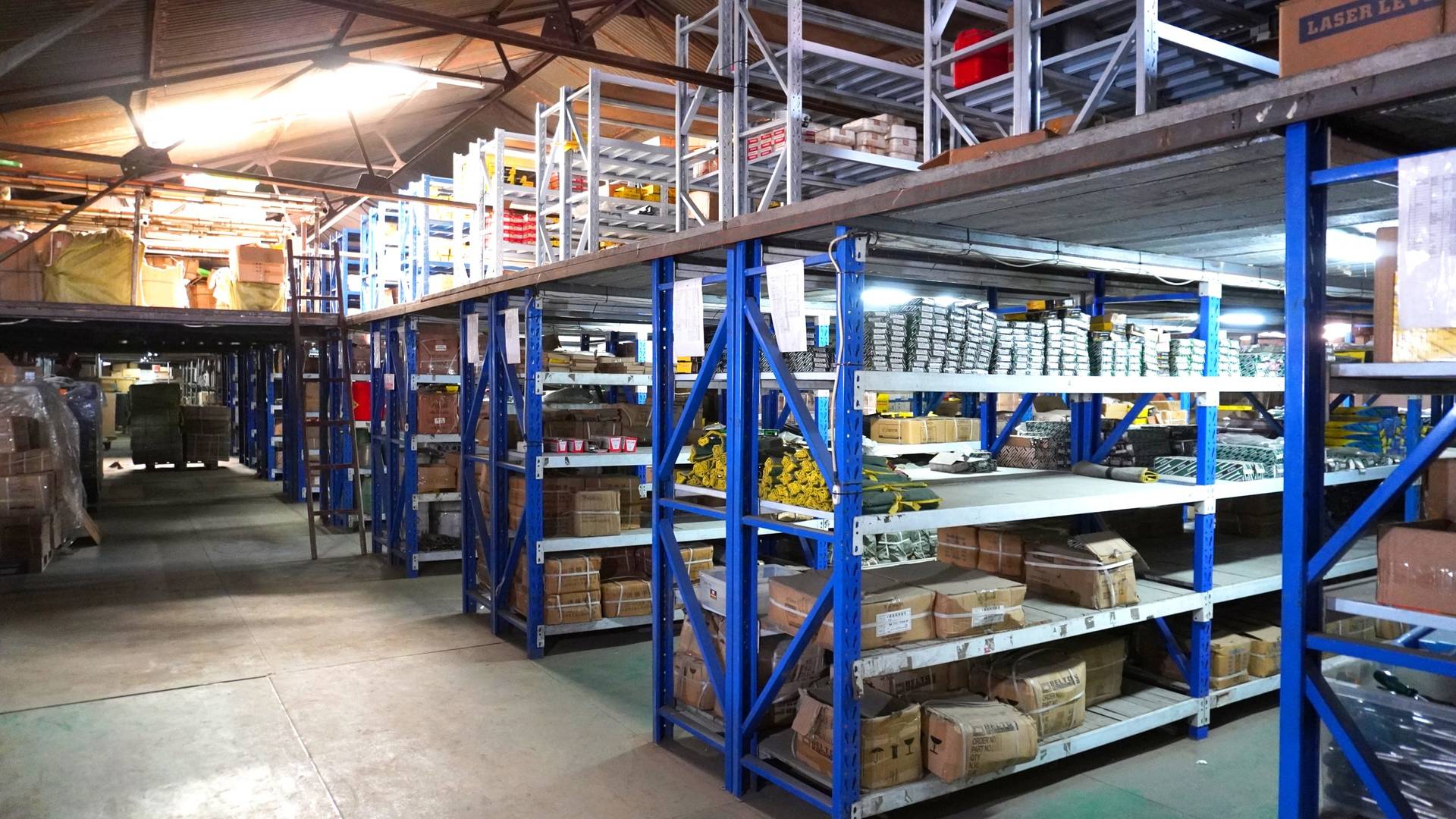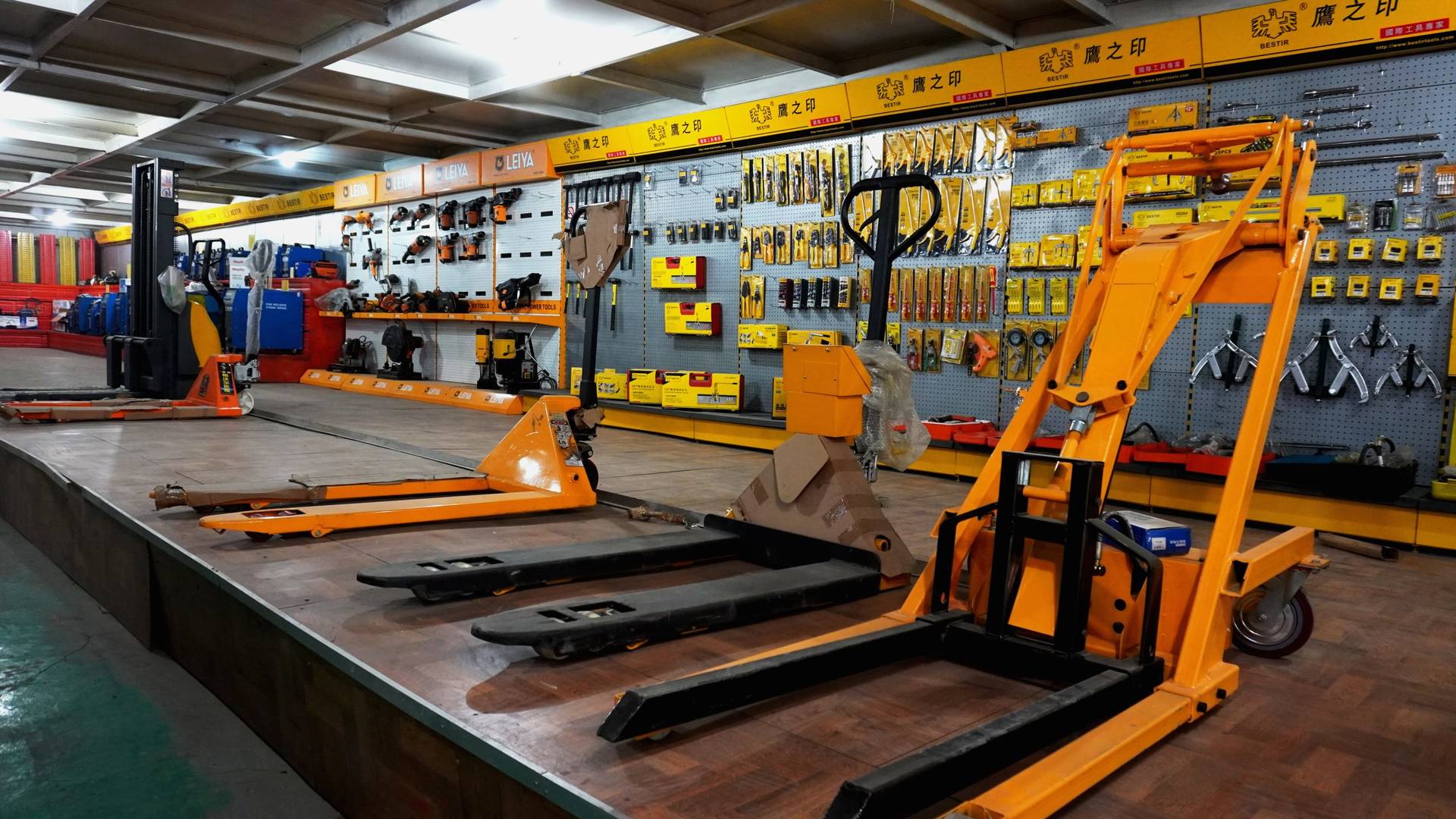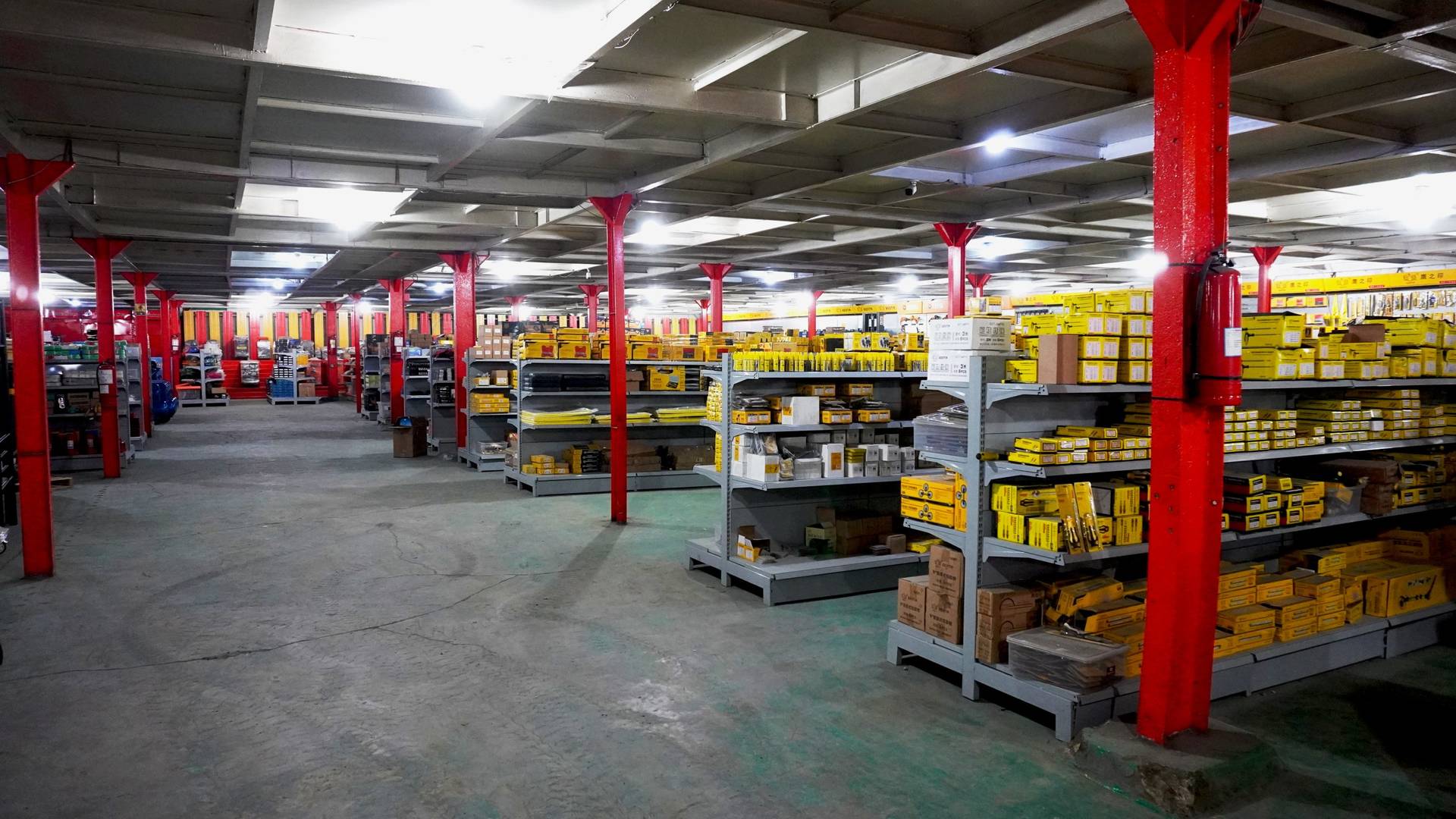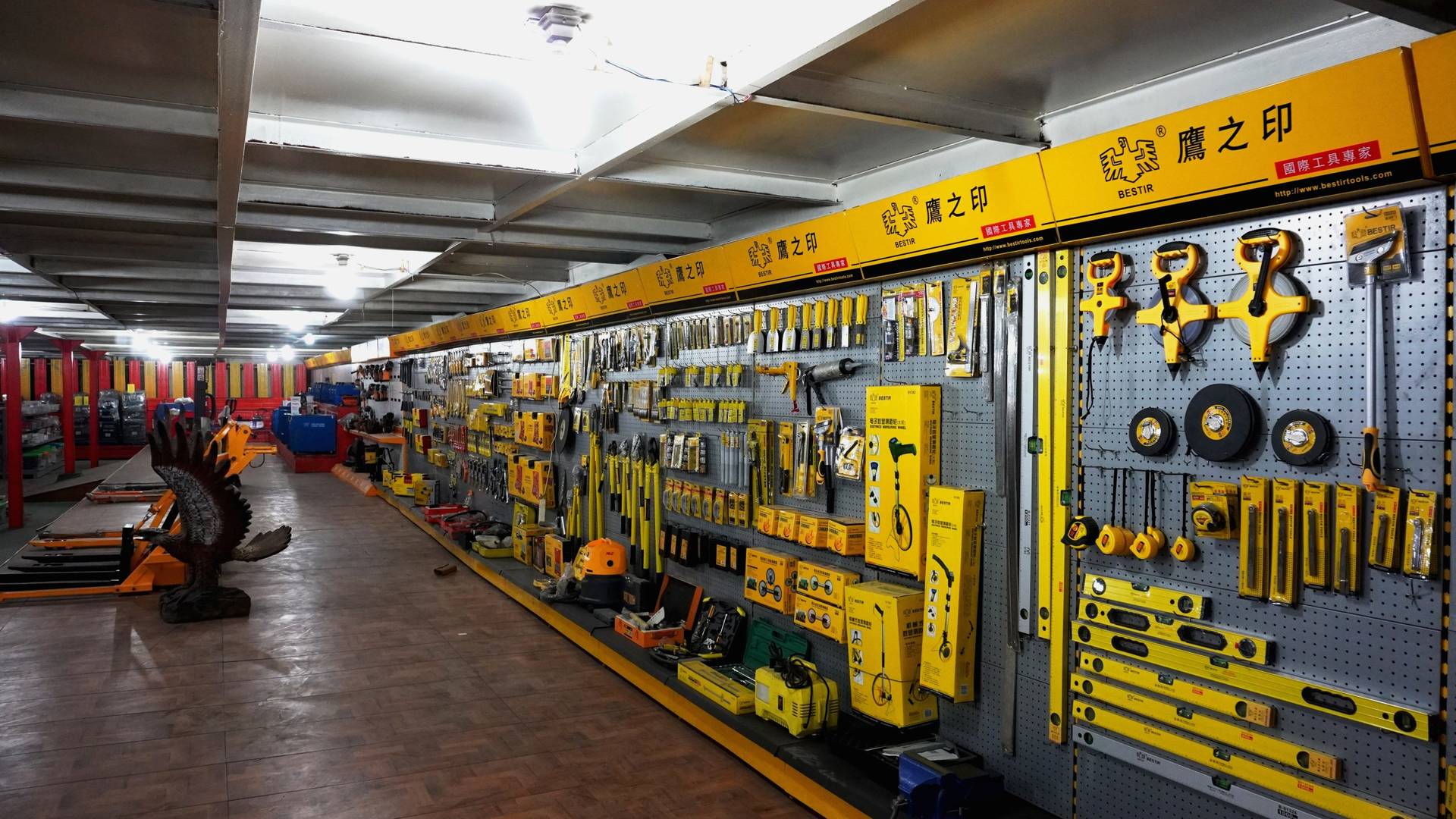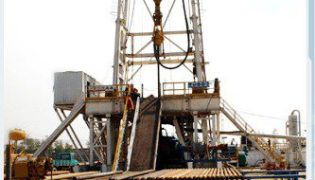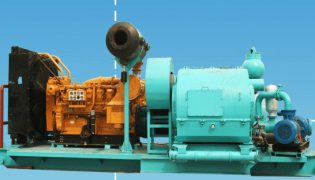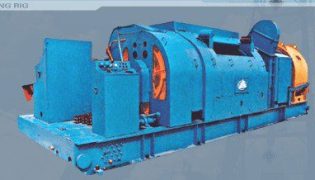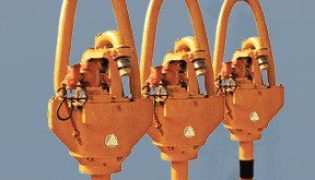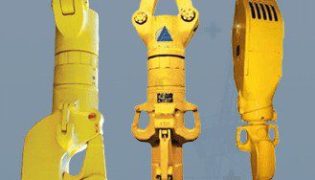Plasma arc cutting is a technique that has been widely used in the manufacturing industry. Plasma Arc It is used to cut various types of materials, especially metals. The process involves assembling the torch and setting cutting parameters such as amperage, gas pressure, and cutting speed. These parameters greatly affect the cut quality, productivity, and life of consumable parts.
We will discuss the importance of setting plasma arc cutting parameters based on the manufacturer's recommendations. Variations in parameters according to the type and thickness of the material, and their impact on process efficiency and cut quality.
Setting the cutting parameters, such as amperage, gas pressure, plasma gas type and cutting speed, is the most important part that must be considered. This will affect the determination of the final cut.
Improper parameters can lead to piece defects. Such as kerf too wide, rough surfaces, or premature damage to torch components such as nozzles and electrodes. Therefore, it is important to set the parameters according to the manufacturer's recommendations and material specifications. So as to achieve optimum efficiency and quality.
Proper parameter settings have a significant impact on the following, including :
- Cut Quality: Appropriate parameters result in cuts with minimal kerf, smooth surfaces, and little slag (residual melted material).
- Productivity : Efficient settings enable faster cutting without compromising on quality, thereby increasing production throughput.
- Component Life : Electrodes and nozzle are expensive consumable components. Improper parameters, such as overcurrent, can accelerate wear and tear.
Plasma cutting is the process of cutting electrically conductive materials (such as steel, aluminum, and copper) using a plasma torch. Plasma cutting is a cutting-edge machine tool that has revolutionized the manufacturing and construction industries.
Parameter variations based on material type and thickness are very important. For example, cutting thick carbon steel requires higher current and slower speed than thin aluminum. Parameter mismatches can lead to defects such as beveling or burn-back.

